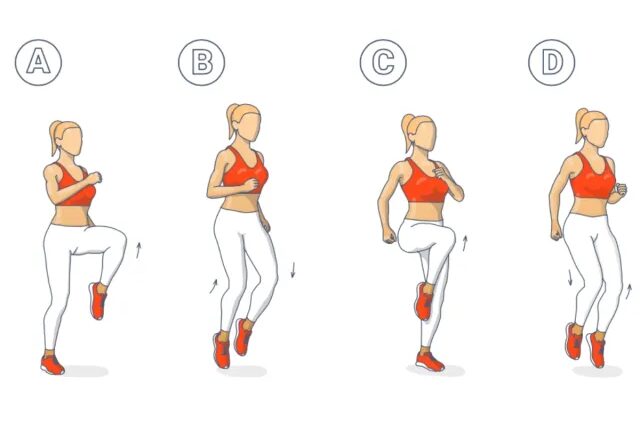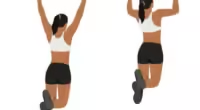As someone who helps people with their fitness, I have observed a common trend among clients – they usually start their walking workouts enthusiastically but eventually lose steam. While walking is an excellent form of cardio, doing it repetitively can become mundane. It is important to keep your workout routine engaging, enjoyable, and challenging to maintain consistency. That’s why I always introduce new exercises to my clients, to keep them interested and challenge their bodies in different ways.
Adding variety to your workout routine not only prevents boredom but also enhances overall fitness. By incorporating new exercises that challenge your muscles, you can avoid hitting a plateau and continue making progress. Moreover, making your workouts fun and diverse can make you anticipate them, which is essential for sticking to your fitness goals. The more engaging and versatile your routine, the more likely you are to stay committed and achieve your objectives.
If you’re feeling tired of the usual walking regimen, don’t worry, I’ve got you covered. Below, you’ll find 10 quick and efficient exercises that you can include in your workout plan instead of walking. These activities will elevate your heart rate, increase your strength, and add excitement to your routine, helping you stay fit without getting bored.
High Knees
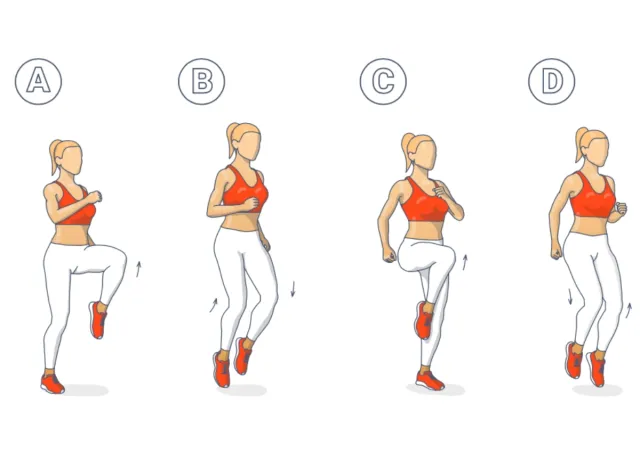

High knees are a dynamic way to activate your core, build leg strength, and get your heart pumping. They work your entire lower body and help improve speed and coordination.
How To Do It:
- Stand with your feet hip-width apart.
- Lift your knees to your chest, one at a time, as if you’re sprinting in place.
- Keep your core engaged and pump your arms for momentum.
- Perform three sets of 30 seconds. Rest for 20 seconds between sets.
Jumping Jacks
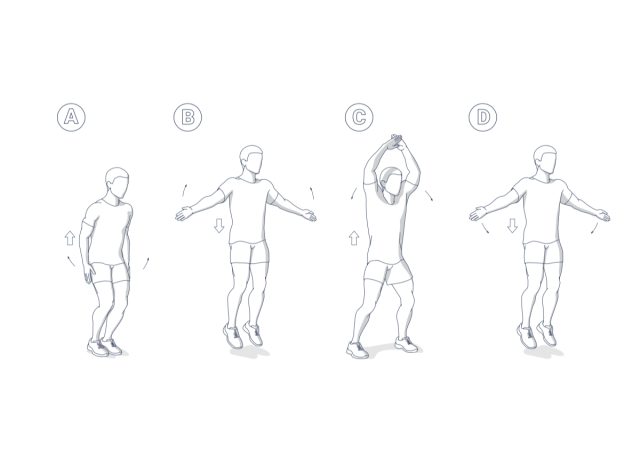

Jumping jacks provide a full-body workout, improve cardiovascular health, and are a fantastic way to get your blood flowing. They also strengthen your calves, shoulders, and core.
How To Do It:
- Start standing with your feet together and your hands at your sides.
- Jump your feet out while simultaneously raising your arms overhead.
- Jump back to the starting position, returning your arms to your sides.
- Perform 3 sets of 45 seconds. Rest for 15 seconds between sets.
Walking Lunges
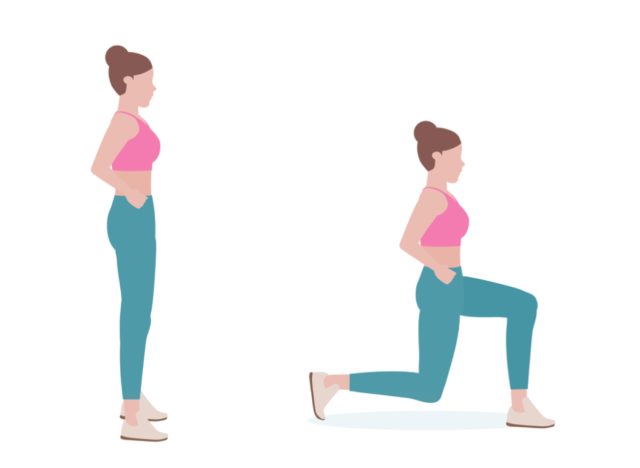

Walking lunges engage your quads, hamstrings, and glutes while improving balance and coordination. They’re an excellent strength-building exercise that also raises your heart rate.
How To Do It:
- Start standing with your feet together.
- Step forward with your right leg and lower into a lunge, keeping your knee from passing your toes.
- Push off with your left leg and step forward into the next lunge.
- Continue alternating legs as you move forward.
- Complete 3 sets of 20 lunges (10 per leg). Rest for 30 seconds between sets.
Shadowboxing
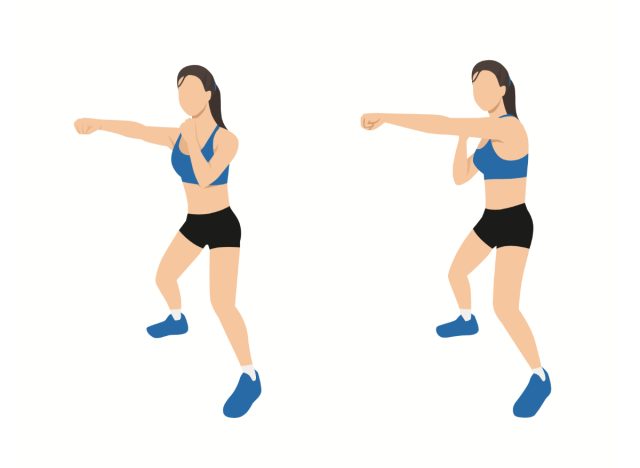

Shadowboxing is a full-body workout that strengthens your arms, shoulders, and core while torching calories. It also enhances coordination and mental focus.
How To Do It:
- Stand with your feet shoulder-width apart, knees slightly bent, and hands up in a boxing stance.
- Punch forward with alternating arms, incorporating jabs, hooks, and uppercuts.
- Move your feet as you punch to engage your entire body.
- Knock out 3 sets of 1 minute. Rest for 30 seconds between sets.
Squat Jumps
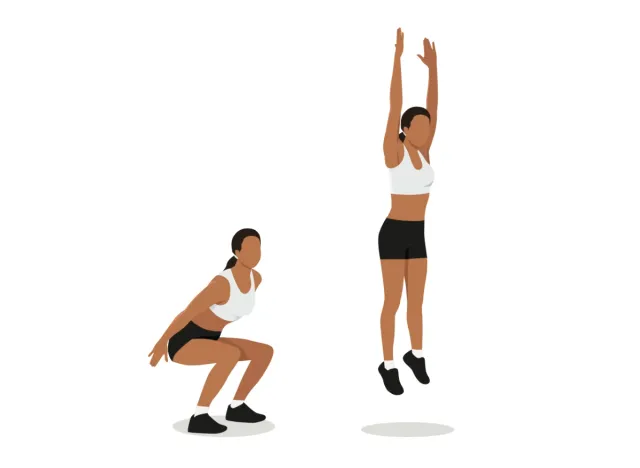

Squat jumps build explosive power in your legs and glutes while boosting cardiovascular endurance. They also help tone your lower body and improve muscle definition.
How To Do It:
- Stand with your feet hip-width apart.
- Lower into a squat, keeping your chest up and core tight.
- Explode up, jumping as high as you can.
- Land softly and immediately lower back into a squat for the next jump.
- Perform 3 sets of 15 squat jumps. Rest for 30 seconds between sets.
Speed Skaters
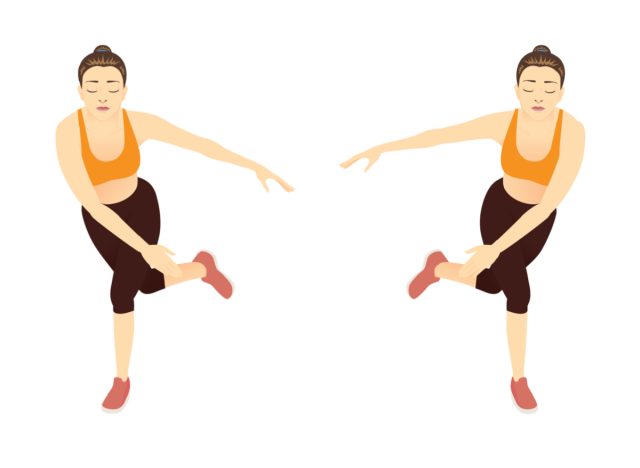

Speed skaters are lateral movements that challenge your balance, strengthen your legs, and help improve coordination. They’re perfect for building lower-body endurance while burning calories.
How To Do It:
- Stand with your feet hip-width apart.
- Jump laterally to the right, landing on your right foot with your left leg behind you.
- Push off with your right foot, jump to the left, and land on your left foot with your right leg behind you.
- Continue alternating sides, using your arms for balance.
- Complete 3 sets of 30 seconds, resting for 20 seconds between sets.
Lateral Shuffles
Lateral shuffles target your glutes, quads, and calves while also improving agility and quickness. This exercise is great for strengthening muscles that aren’t always worked in traditional forward-moving exercises like walking.
How To Do It:
- Stand with your feet shoulder-width apart and knees slightly bent.
- Shuffle to your right, moving your feet quickly but staying low in an athletic stance.
- After a few steps, shuffle back to your left.
- Knock out 3 sets of 30 seconds, resting for 20 seconds between sets.
Mountain Climbers
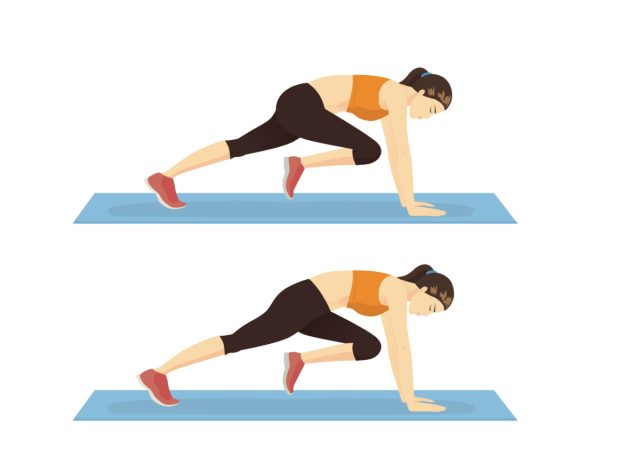

Mountain climbers engage your core, shoulders, and legs while giving you a full-body cardio workout. They help build endurance and burn calories quickly.
How To Do It:
- Start in a plank position with your hands shoulder-width apart.
- Bring your right knee toward your chest, then quickly switch legs, bringing your left knee in while extending your right leg back.
- Continue alternating legs as quickly as possible.
- Perform 3 sets of 45 seconds, resting for 30 seconds between sets.
Burpees
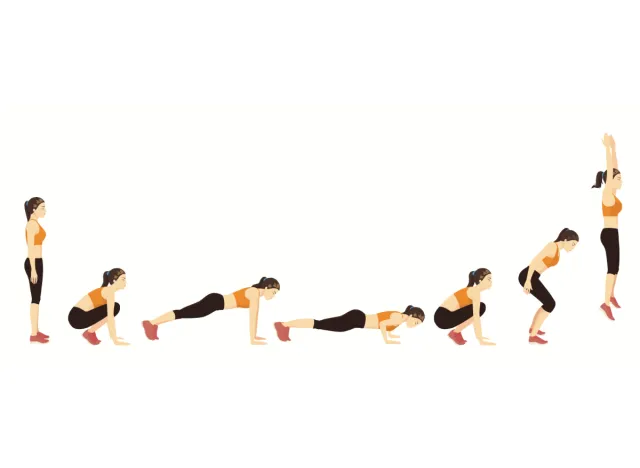

Burpees combine strength and cardio into one intense move, working your entire body. They build endurance, burn calories fast, and strengthen your arms, legs, and core.
How To Do It:
- Start standing with your feet shoulder-width apart.
- Lower into a squat and place your hands on the floor in front of you.
- Jump your feet back into a plank position, then immediately jump them forward again.
- Stand up and jump as high as you can, reaching your arms overhead.
- Complete 3 sets of 10 burpees, resting for 30 seconds between sets.
Plank-to-Pushup
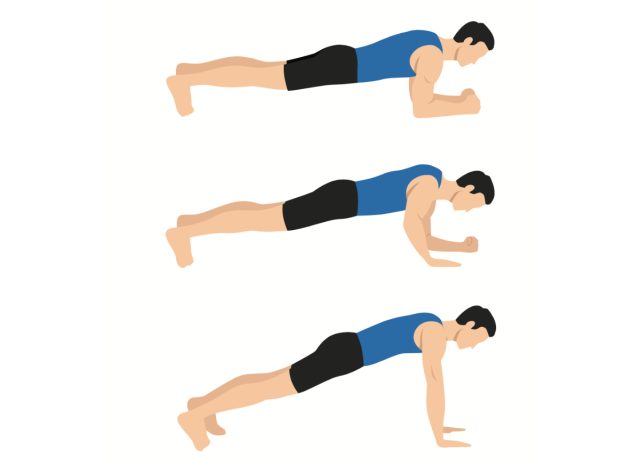

Plank-to-pushup is a dynamic core exercise that strengthens your abs, shoulders, and chest while keeping your heart rate up. It’s a more challenging, multi-muscle alternative to walking.
How To Do It:
- Start in a plank position on your forearms.
- Push up onto your hands one arm at a time, transitioning into a high plank.
- Lower back down to your forearms and repeat.
- Knock out 3 sets of 12 reps, resting for 30 seconds between sets.
As you get more comfortable with these movements, don’t be afraid to challenge yourself by increasing the intensity. You can add more sets, extend the time for each exercise, or bump up the number of reps to keep progressing. Small changes, like an extra 15 seconds of high knees or another round of squat jumps, can make a big difference in your overall fitness.
Remember, the goal is to keep pushing your limits while enjoying the workouts. The more you push yourself, the closer you’ll get to your goals!
Frequently Asked Questions (FAQs)
Why look for alternatives to walking?
While walking is a great low-impact exercise, sometimes it’s good to switch up your routine to challenge your body in different ways and prevent boredom.
Are these exercise alternatives suitable for beginners?
Yes, many of the exercise alternatives to walking can be modified to suit different fitness levels, including beginners. It’s important to start slowly and listen to your body.
Do I need any special equipment for these exercises?
Most of the exercise alternatives listed can be done with minimal equipment or even just your bodyweight. However, some alternatives may require specific equipment like resistance bands or weights.
How can I incorporate these exercise alternatives into my routine?
1. Plan your workouts:
- Choose which exercises you want to do and create a weekly schedule.
2. Mix it up:
- Try different exercise alternatives on different days to keep your routine exciting.
3. Set realistic goals:
- Start with manageable durations and gradually increase intensity as you progress.
4. Listen to your body:
- Pay attention to how your body feels during and after each workout to avoid injury.
Are these exercise alternatives suitable for all ages?
Most of the exercise alternatives can be modified to suit various age groups, but it’s a good idea to consult with a healthcare professional before starting any new exercise routine, especially for older adults or individuals with pre-existing conditions.

